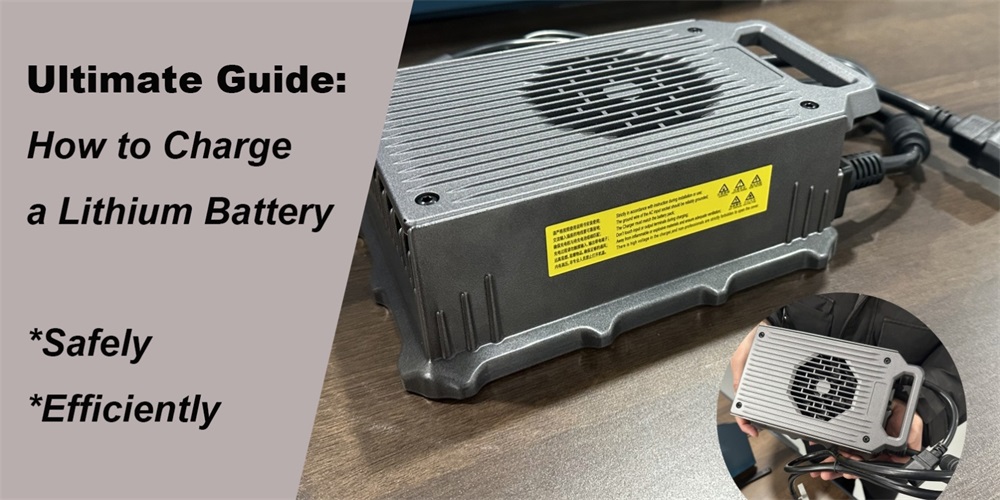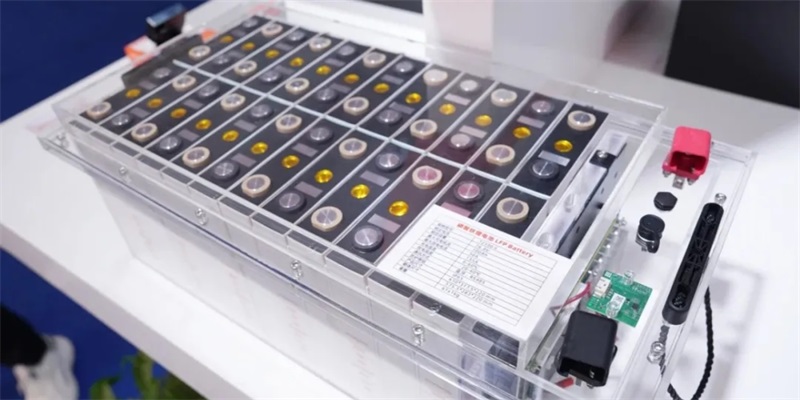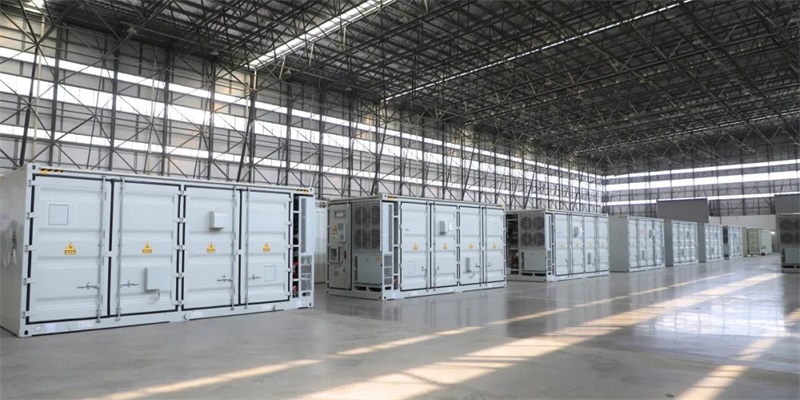Ultimate Guide: How to Charge a Lithium Battery Safely and Efficiently

What is a Lithium-ion Battery?
Lithium-ion batteries (Li-ion) power many everyday devices, including smartphones, laptops, electric vehicles, and power tools. Known for their high energy density, they offer powerful performance in a compact, lightweight design. Unlike other rechargeable batteries, Li-ion batteries have a low self-discharge rate, retaining their charge when not in use and enabling fast charging.
In this guide, we'll explore how to charge a lithium battery, answer questions like "Could I charge a lithium battery with a regular battery charger?" and explain how to safely and efficiently maintain the health of your lithium-ion batteries.
How to Charge a Lithium Battery: Safe and Efficient Methods
When it comes to charging lithium batteries, following the right procedures is crucial for battery longevity and performance. Here are the best practices:
1. Choose the Right Charger for Your Lithium Battery
Use a Dedicated Lithium Battery Charger: Always use a charger designed for lithium-ion batteries. Regular chargers for other battery types (e.g., NiMH/NiCd) may not provide the correct voltage or current, leading to potential damage.
· Constant Current and Constant Voltage (CC/CV) Charging: High-quality chargers employ the CC/CV method, which ensures your battery is charged safely and efficiently.
· Smart Recognition Technology: Some chargers automatically detect the battery type (like 18650, 21700, or LiPo) to prevent overcharging.
Fast Charging Options: If your lithium battery supports fast charging (such as USB PD or QC protocols), ensure you’re using the appropriate charger. However, prolonged fast charging could reduce the lifespan of the battery.
2. Follow Proper Charging Steps
Ensure you’re connecting and disconnecting your battery correctly:
Step 1: Connect the charger to the power source (e.g., outlet or USB port) first.
Step 2: Insert the battery, avoiding any sudden voltage surges.
Step 3: Once charging is complete, disconnect the battery before turning off the charger.
Storage Tip: If you haven’t used the battery for more than 3 months, perform a shallow charge (30%-50%) before storing to prevent deep discharge damage.
Warning: Keep the battery terminals away from metal objects to avoid accidental short circuits.
3. Avoid Extreme Charging States
Lithium batteries are particularly sensitive to overcharging and excessive discharge. To prolong battery life:
· Don’t let the battery discharge to 0%—this can accelerate aging.
· Charge before it drops below 20%—this will help minimize long-term damage.
Optimal Charging Range: Keep the battery charge between 20%-80% for daily use to maximize lifespan.
Storage Tips: When not in use for extended periods, store your lithium battery at about 40%-60% charge to slow capacity degradation.
4. Control the Charging Environment Temperature
· Extreme Temperatures: Both high and low temperatures can negatively affect lithium battery health.
· Ideal Storage Conditions: Store lithium batteries in a cool, dry place (around 15°C-25°C), and avoid exposing them to direct sunlight or heat sources.
Could I Charge a Lithium Battery with a Regular Battery Charger?
In short, no. Regular chargers for non-lithium batteries, such as lead-acid or NiMH, may not be compatible with lithium-ion batteries. Lithium batteries require specific charging parameters to ensure safe and effective charging. Using an improper charger can lead to damage or safety hazards. Always use a charger designed for lithium batteries.
How Do You Wake Up a Dead Lithium Battery?
If your lithium battery has entered a "sleep" state (typically due to deep discharge), it may be revived using one of the following methods:
· Check the Voltage: Use a multimeter to measure the voltage of the battery. If it’s below 2.5V–2.8V per cell, the battery is in a deep discharge state.
· Verify Correct Charging Voltage: Ensure the charger is compatible with your battery's voltage. Start with a voltage of about 3.65V per cell to gradually "wake up" the battery.
· Charge Slowly: Begin charging at a low current (C/10 or less) until the battery reaches 3.2V–3.3V per cell, indicating recovery.
· Standard Charging: Once the battery shows signs of life, you can proceed with normal charging.
How Long Does It Take to Charge a Lithium Battery?
The time it takes to charge a lithium battery depends on several factors:
· Battery Capacity: Larger batteries take longer to charge. For example:
A 2000mAh battery takes about 2 hours with a 1A charger.
A 5000mAh battery takes about 5 hours with a 1A charger.
· Charger Output: The charging speed is determined by the output current of the charger.
· Standard Charging: Typically uses 0.5C (e.g., a 2000mAh battery would use a 1A charger).
· Fast Charging: Involves charging at 1C or higher, provided the battery supports it.
Charging Phases:
· Phase One (Constant Current): The battery charges quickly to about 70%-80% of its capacity.
· Phase Two (Constant Voltage): Charging slows down as it approaches full capacity to protect battery health.
Charging your lithium-ion batteries properly is essential for ensuring both safe operation and long-term performance. By following best practices—such as using the correct charger, avoiding extreme charging states, and controlling the charging environment—you can maximize the efficiency and lifespan of your lithium batteries. If you’re ever unsure about a specific battery model or charger, consult the user manual or manufacturer for more guidance.
FAQ: Common Lithium Battery Charging Questions
What Voltage Should I Use to Charge My Lithium Battery?
The ideal charging voltage for a lithium battery is typically indicated on the battery’s label or user manual. It’s crucial to adhere to the manufacturer’s guidelines to avoid damaging the battery or device.
Could I Charge a Lithium Battery with a Regular Battery Charger?
As mentioned earlier, no, you cannot use a regular battery charger for lithium-ion batteries. Using an incorrect charger can result in inefficient charging or permanent damage to the battery.

